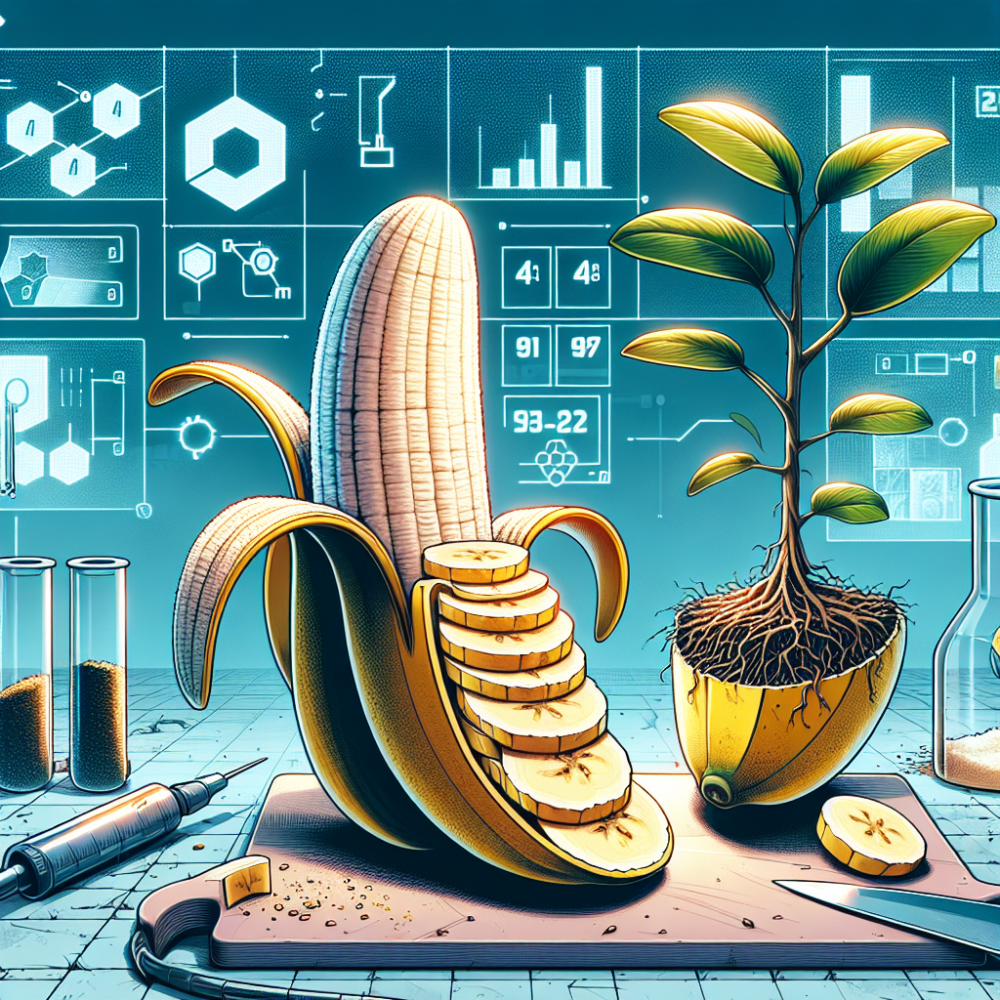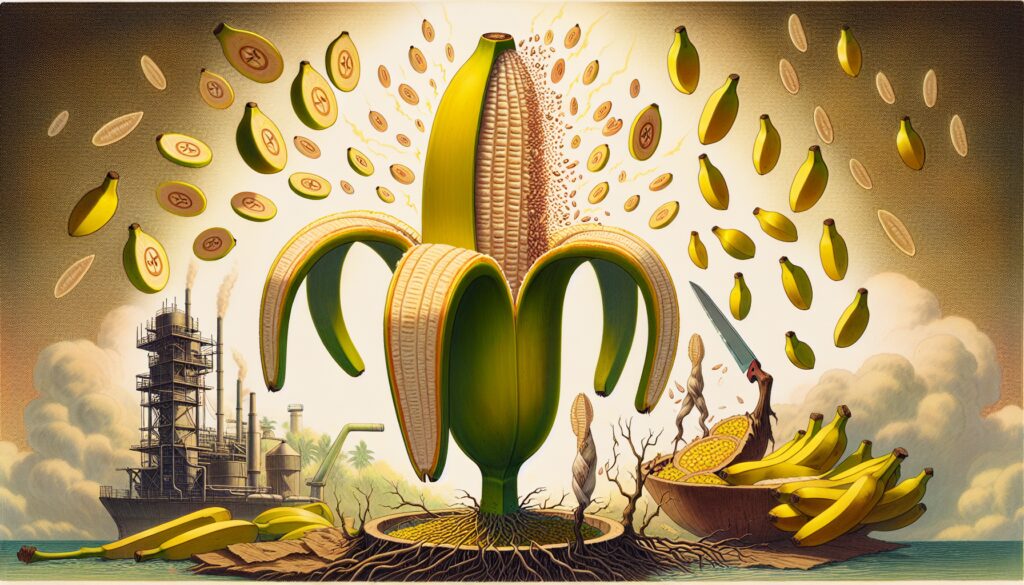The Truth About Fruit Stickers and GMOs 🍌
The video claims that fruits and vegetables with stickers starting with the number 4 are genetically modified organisms (GMOs) created in a laboratory, not grown naturally. The creator attempts to prove this by slicing a banana in half, revealing no seeds inside, and claiming that this means the banana is unnatural and potentially harmful due to added chemicals.
However, this information is inaccurate and misleading. The presence or absence of seeds in a banana has nothing to do with whether it is a GMO or not.

Understanding Fruit Sticker Codes 🏷️
The numbers on fruit stickers are called Price Look-Up (PLU) codes, and they are used to identify the type of produce at checkout. The codes are assigned as follows:
– Conventionally grown produce: four-digit number starting with 3 or 4
– Organic produce: five-digit number starting with 9
– Genetically modified (GM) produce: five-digit number starting with 8
It’s important to note that the PLU system is voluntary, and not all GM produce is labeled with a PLU code starting with 8.
Seedless Bananas: A Result of Selective Breeding 🧬
Most bananas found in grocery stores are seedless because they are a result of selective breeding, not genetic modification. The Cavendish banana, which is the most common variety sold in stores, is a triploid banana that is naturally seedless due to its genetic makeup.
Selective breeding is a traditional method of developing new plant varieties by crossing plants with desirable traits. It does not involve the direct manipulation of genes in a laboratory, which is the hallmark of genetic engineering.
GMOs and Safety 🔬
While the safety of GMOs is a topic of ongoing research and debate, it is not accurate to claim that all GMOs are harmful or contain added chemicals. GMOs are subject to rigorous safety assessments before they are approved for consumption.
In fact, over 275 scientific organizations worldwide, including the World Health Organization and the American Medical Association, have concluded that GM foods are as safe as their non-GM counterparts.
Additional Interesting Facts 🌿
– The first genetically modified food approved for sale was the Flavr Savr tomato in 1994, which was engineered to ripen more slowly and have a longer shelf life.
– Papaya, squash, and soybeans are among the few GM crops currently available in the U.S. market. Most GM crops, such as corn and cotton, are used for animal feed or processed into ingredients like cornstarch and soybean oil.
– The development of Golden Rice, a GM variety engineered to produce beta-carotene (a precursor to vitamin A), aims to address vitamin A deficiency in developing countries.
In conclusion, the information presented in the video is not scientifically accurate. Seedless bananas are a result of selective breeding, not genetic modification, and the presence or absence of seeds does not determine whether a fruit is a GMO. It is essential to rely on credible scientific sources when making informed decisions about the food we consume.
Correction: The video incorrectly states that a banana with seeds can be planted to grow a new banana tree. In reality, bananas are typically propagated through vegetative reproduction using rhizomes or suckers, not seeds.

